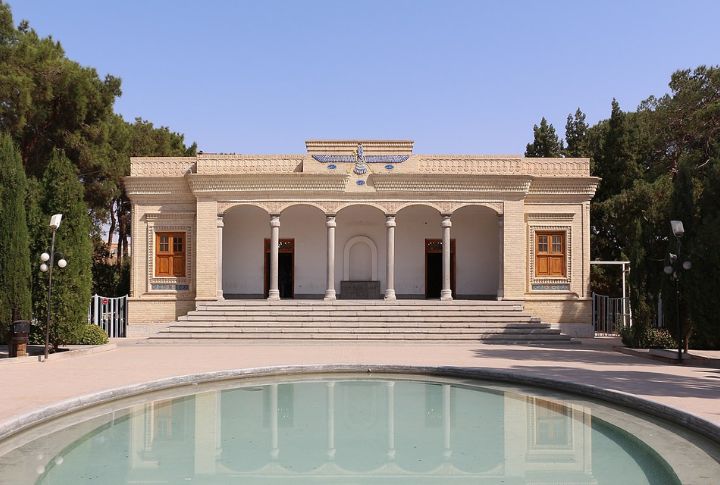
Long before most world religions took shape, Zoroastrianism had already been guiding its followers through rituals, ethics, and a cosmic order. Rooted in ancient Persia, this faith once flourished across empires and shaped philosophical thought for centuries. While its global presence has dwindled, its legacy remains vibrant and deeply influential. Here are ten fascinating Zoroastrian facts worth exploring.
Zoroaster’s Vision In The River
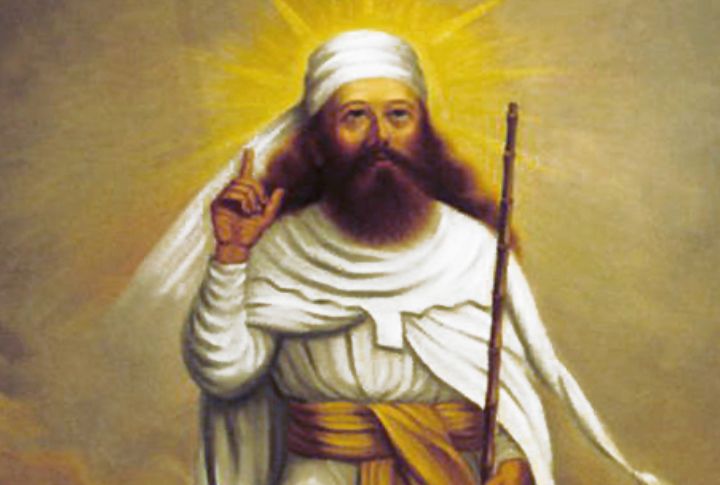
While bathing in the Daitya River at age 30, Zoroaster received a divine vision. A radiant figure named Vohu Manah introduced him to Ahura Mazda, the supreme god. This moment revealed a cosmic struggle between truth and falsehood and became the foundation of one of the world’s oldest monotheistic faiths.
The Dualism Of Ahura Mazda And Angra Mainyu
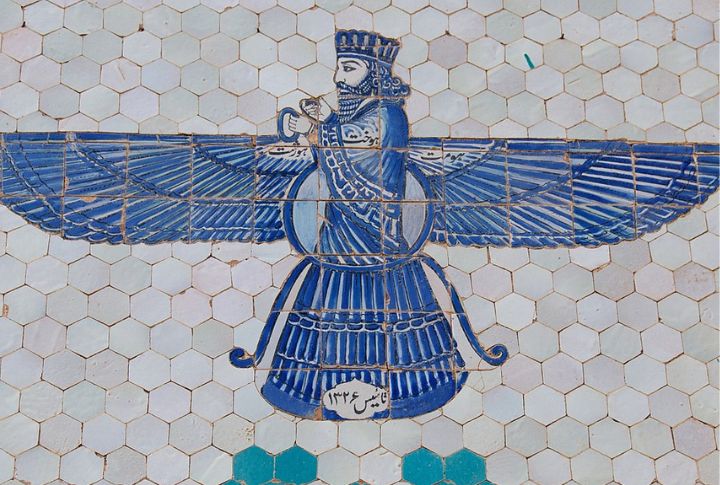
At the heart of Zoroastrianism lies a powerful dualism: Ahura Mazda, the force of light and truth, forever opposes Angra Mainyu, the spirit of chaos and deceit. Their conflict plays out across the moral universe, and humans aren’t bystanders. Each ethical choice tilts the balance toward good or evil.
Fire Temples And The Sacred Flame That Never Dies
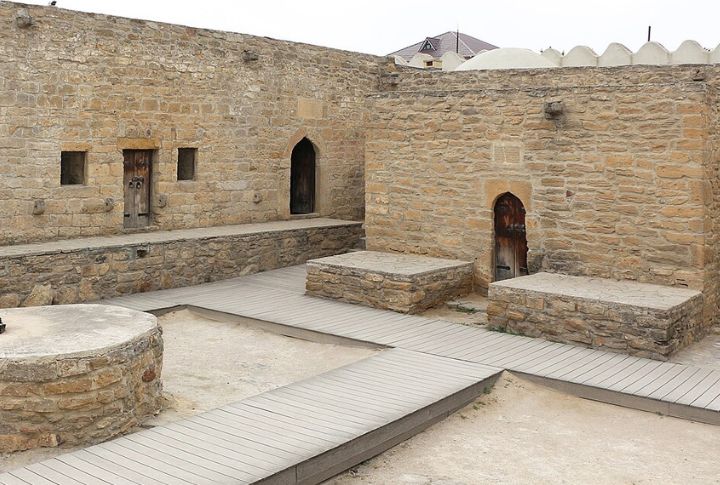
Zoroastrian fire temples protect an eternal flame that burns day and night as a symbol of divine truth. Only priests may approach this inner sanctum, while worshippers pray in adjoining halls. Fire is sacred and also a living link to Ahura Mazda, tended with care and deep spiritual reverence.
The Faravahar Symbol In Zoroastrian Culture
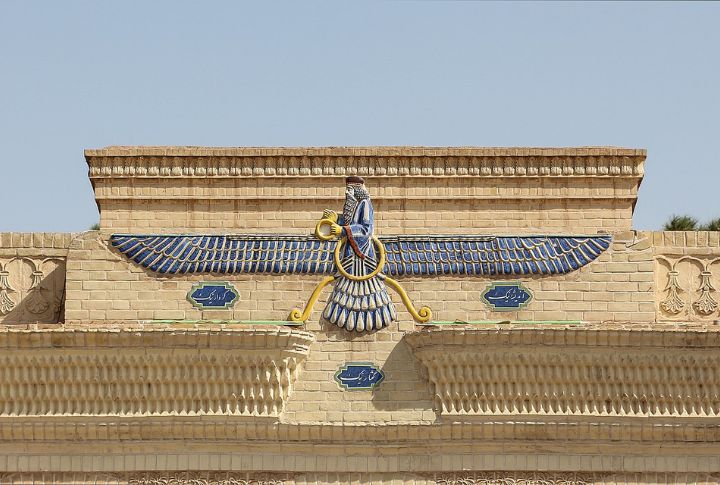
The Faravahar, a winged figure carved on fire temples and worn as jewelry, represents the soul’s journey and divine purpose. Its feathers stand for good thoughts, good words, and good deeds. Though ancient, the symbol now carries modern weight as both a Zoroastrian art and a mark of Persian heritage.
Sky Burials In Zoroastrian Death Rites
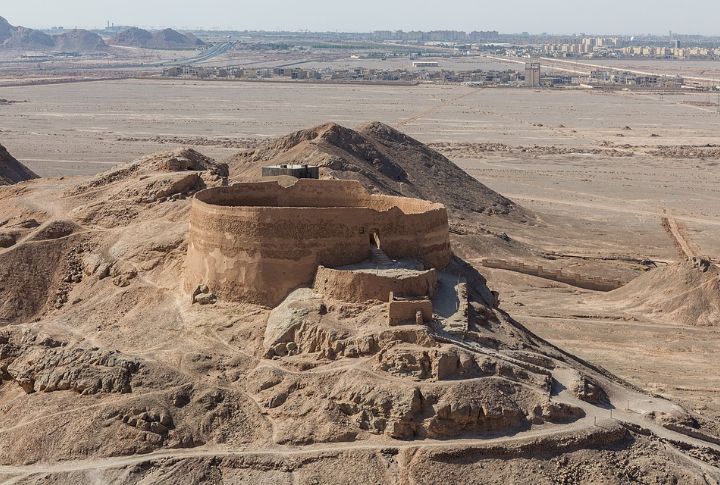
In keeping with purity laws, Zoroastrians traditionally placed their dead atop stone towers known as “dakhmas.” There, vultures returned bodies to nature without defiling sacred elements, such as earth or fire. It’s rare today, but these sky burials once reflected a powerful blend of spiritual humility and ecological wisdom.
The Gathas: Zoroaster’s Original Hymns

At the core of Zoroastrian scripture are the Gathas, 17 poetic hymns believed to have been composed by Zoroaster himself. Written in Old Avestan, they wrestle with questions of justice, morality, and the human struggle. These verses still echo in rituals today, forming a timeless spiritual dialogue across millennia.
How Zoroastrianism Influenced Christianity, Islam, And Judaism
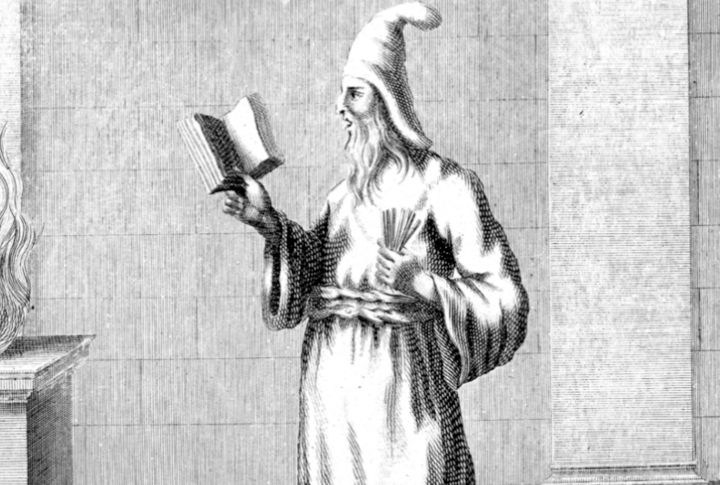
Many core beliefs in Christianity, Islam, and Judaism—like heaven, hell, angels, and a final judgment—are quite similar to Zoroastrian thought. Even the Magi who visited the baby Jesus were likely Zoroastrian priests. Its ideas quietly threaded their way into major faiths and reshaped religious beliefs far beyond Persia.
The Role Of Cleanliness And Ritual Purity In Daily Practice

Daily ablutions called “padyab” keep both body and soul clean. Priests wear masks to protect sacred fires from impurity, and elements like water, earth, and fire must remain undefiled. Spiritual cleanliness and respect for nature go hand in hand.
The Sacred Garments

Zoroastrians wear two sacred garments every day: the white sudreh shirt and the kushti cord. Tied with prayers three times a day, these simple pieces carry deep meaning. They’re a quiet, daily ritual—a wearable reminder of the constant call to righteousness and spiritual discipline.
The Decline Of Zoroastrianism

The rise of Islam in the 7th century marked a turning point. Zoroastrians faced persecution, temples were destroyed, and many converted under pressure. A group fled to India, where they became the Parsis and preserved their faith. Though diminished in number, Zoroastrianism endures with resilience and pride.

